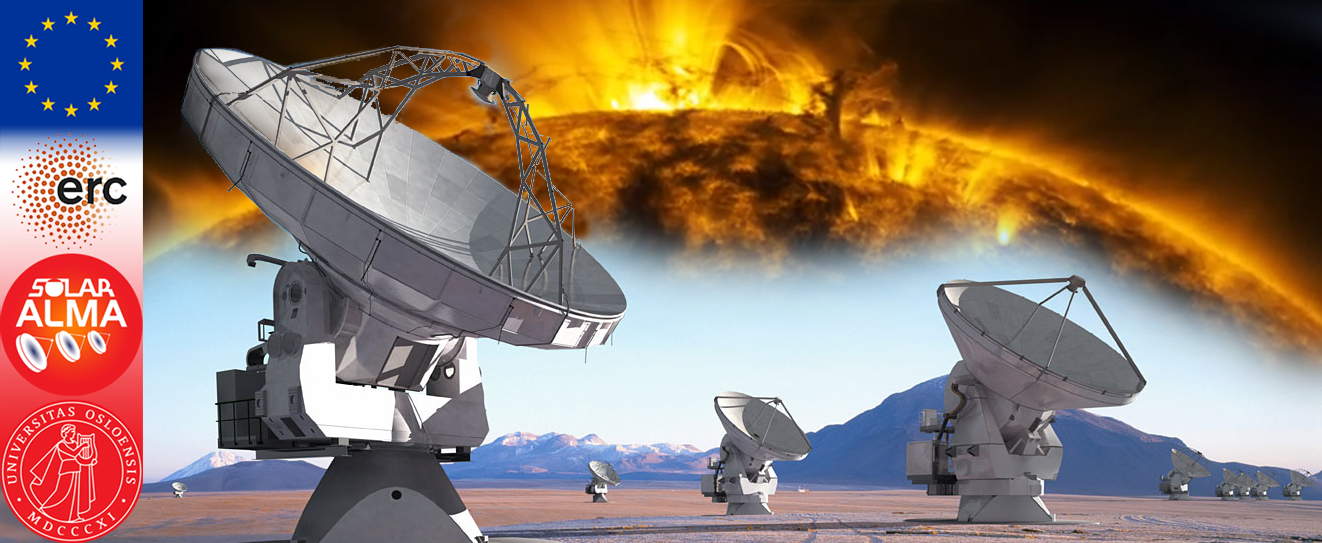The PhD defence and trial lecture will be hybrid. Attendees can therefor participate either in-person or via Zoom. The link will be available the day before the disputation. The host of the session will moderate the technicalities while the chair of the defence will moderate the disputation.
Ex auditorio questions: the chair of the defence will invite the audience to ask ex auditorio questions either written or oral. This can be requested by clicking 'Participants -> Raise hand'.
Join the disputation
The meeting opens for participation just before the disputation starts, and closes for new participants approximately 15 minutes after the defence has begun.
Join the trial lecture - September 27th at 10:15 (Room 720, 7th floor (Niels Henrik Abels hus) / Zoom)
"JWST and life in the universe: Are we 'home alone'?"
Conferral summary
Juan Camilo Guevara Gómez utviklet sin forskning innen solfysikk. Forskningen hans fokuserte på studiet av dynamikken til solkromosfæren ved bruk av ALMA-observasjoner. Der karakteriserte han egenskapene til små lyse strukturer og deres innvirkning på energibudsjetter til solatmosfæren.
Main research findings:
The Sun's chromosphere, which is the atmospheric layer located between the solar surface (photosphere) and the solar corona, holds the key to comprehend why the corona is thousands of times hotter than the Sun's surface. Recently, it became possible to observe the chromosphere at millimetre wavelengths with the Atacama Large Millimeter/sub-millimeter Array (ALMA), a radio interferometer, at unprecedented high spatial and temporal resolution.
This thesis focuses on the analysis of solar ALMA observations with the aim to characterize the physical processes that provide the energy required to sustain the high temperatures in the solar atmosphere. In this regard, ALMA provides new observations of the small-scale structure of the solar chromosphere and the dynamics of waves, which are essential for the transport of energy and thus the heating of the solar atmosphere. To this end, hundreds of small bright features were analyzed in the observations, finding that they could be associated with magnetohydrodynamic waves capable of supplying relevant energy to the chromosphere and corona. In addition, the propagation of waves between two layers of the chromosphere was probed using a novel mode of processing ALMA observations. The results presented here show the diagnostic potential of ALMA to observe and study small-scale phenomena in the chromosphere as a step forward in understanding the enigmatic coronal heating problem.
